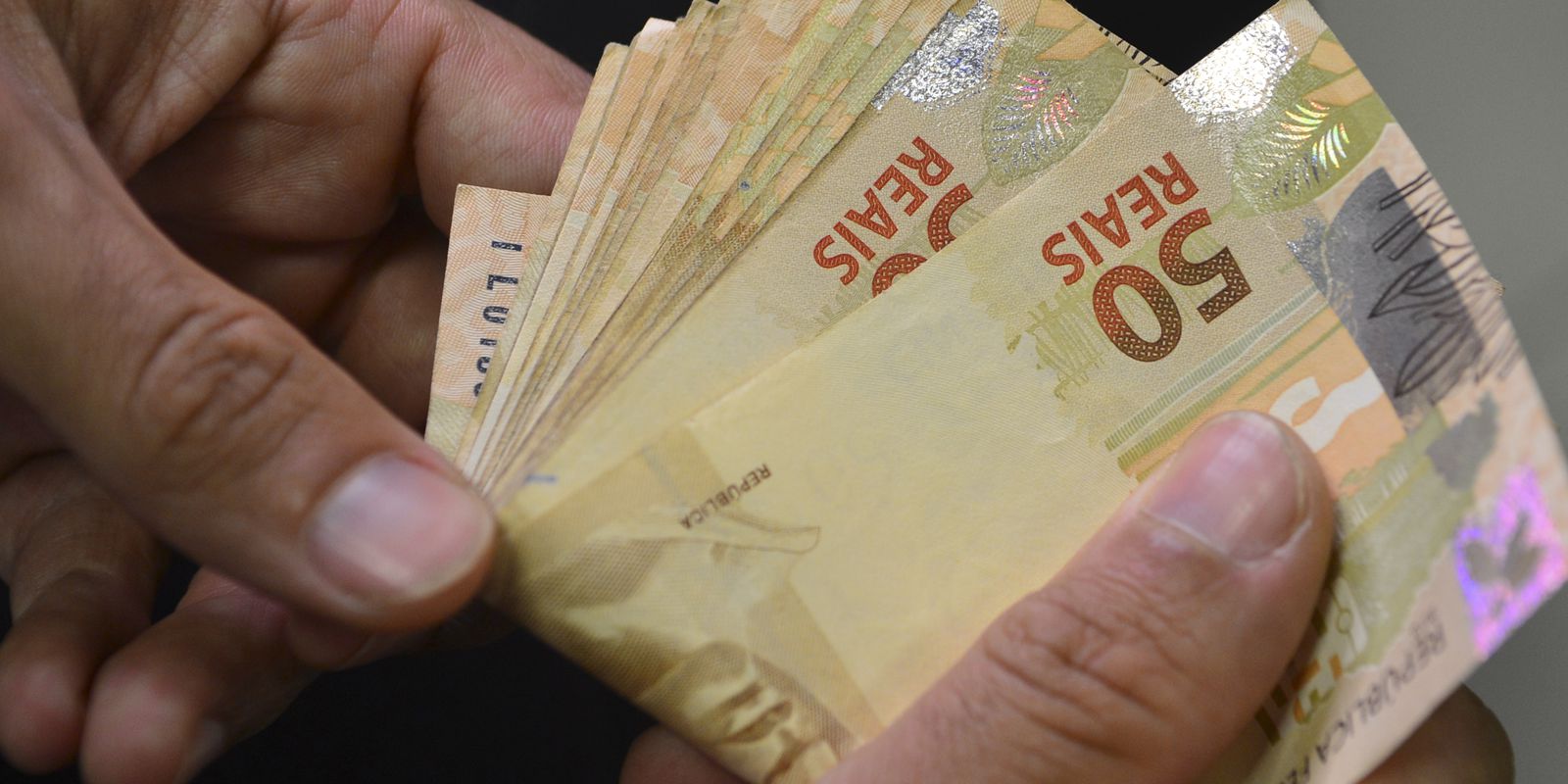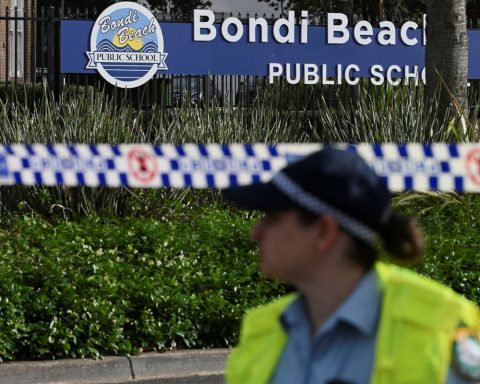The high volume of maturities and the fall of the dollar caused the Federal Public Debt (DPF) to fall in July. According to figures released today (29) by the National Treasury, the FPD dropped from R$5.846 trillion in June to R$5.804 trillion last month, down 0.7%.
Despite the drop in July, the Treasury predicts that debt will rise in the coming months. According to the Annual Financing Plan (PAF), presented at the end of January, the DPF stock should end 2022 between R$6 trillion and R$6.4 trillion.
Domestic Public Securities Debt (securities) (DPMFi) fell by 0.66%, from R$5.595 trillion in June to R$5.559 trillion in July. Last month, the Treasury issued BRL 78.49 billion in bonds more than it redeemed, mainly in fixed-rate papers (with fixed interest), whose maturities are concentrated in the first month of each quarter.
The net redemption was partially offset by the appropriation of R$41.73 billion in interest. Through the appropriation of interest, the government recognizes, month by month, the correction of the interest levied on the bonds and incorporates the value into the stock of public debt. With the Selic rate (basic interest rates in the economy) rising since March last year, interest appropriation increases.
Last month, the Treasury issued BRL 62.23 billion in DPMFi bonds. With the high volume of maturities in July, redemptions totaled R$ 140.72 billion.
The dollar’s fall in July also contributed to reducing government indebtedness. External Federal Public Debt (DPFe) dropped 1.74%, from R$250.17 billion in June to R$245.81 billion in July. The main factor was the 0.95% decline in the dollar last month.
Mattress
After two consecutive months of growth, the public debt cushion (financial reserve used in times of turmoil or strong concentration of maturities) fell. This reserve increased from BRL 1.221 trillion in June to BRL 1.178 trillion last month. According to the National Treasury, this decline was due to the net redemptions observed in July.
Currently, the mattress covers almost a year of public debt maturities. In the next 12 months, R$ 1.404 trillion in federal bonds is expected to mature.
Composition
The high volume of maturities changed the composition of the FPD. The share of fixed rate bonds (with a yield defined at the time of issuance) fell from 27.23% to 25.75%. The PAF predicts that the portion of the Federal Public Debt corrected by this indicator will end the year between 24% and 28%.
The Treasury has launched fewer fixed-rate papers, due to the financial market turmoil in recent months. These bonds are in greater demand in times of economic stability.
The proportion of papers adjusted by basic interest rose from 36.69% to 37.77%. The PAF predicts that the indicator will close 2022 between 38% and 42%. This type of paper has once again attracted the interest of buyers because of the recent increases in the Selic rate.
The share of inflation-adjusted bonds in the FPD rose slightly, from 31.55% to 31.99%. The PAF predicts that inflation-linked bonds will end the year between 27% and 31%.
Comprising old domestic debt securities adjusted in dollars and the foreign debt, the weight of the exchange rate on the public debt increased from 4.53% to 4.49%. Public debt linked to the exchange rate is within the limits established by the PAF for the end of 2022, between 3% and 7%.
holders
Financial institutions continue to be the main holders of the internal Federal Public Debt, with a 29.6% share of the stock. Investment funds, with 24.4%, and pension funds, with 22.6%, appear next in the list of debt holders.
With the reduction of instability in the international financial market, the participation of non-residents (foreigners) rose from 8.9% in June to 9% in July. Two months ago, the indicator had reached the lowest level since December 2009 with the monetary tightening in the United States. The other groups add up to 14.5% of participation, according to the data collected in the month.
Through public debt, the government borrows money from investors to honor financial commitments. In exchange, it undertakes to return the funds after a few years, with some correction, which can follow the Selic rate (basic interest rates in the economy), inflation, the dollar or be fixed in advance (set in advance).















